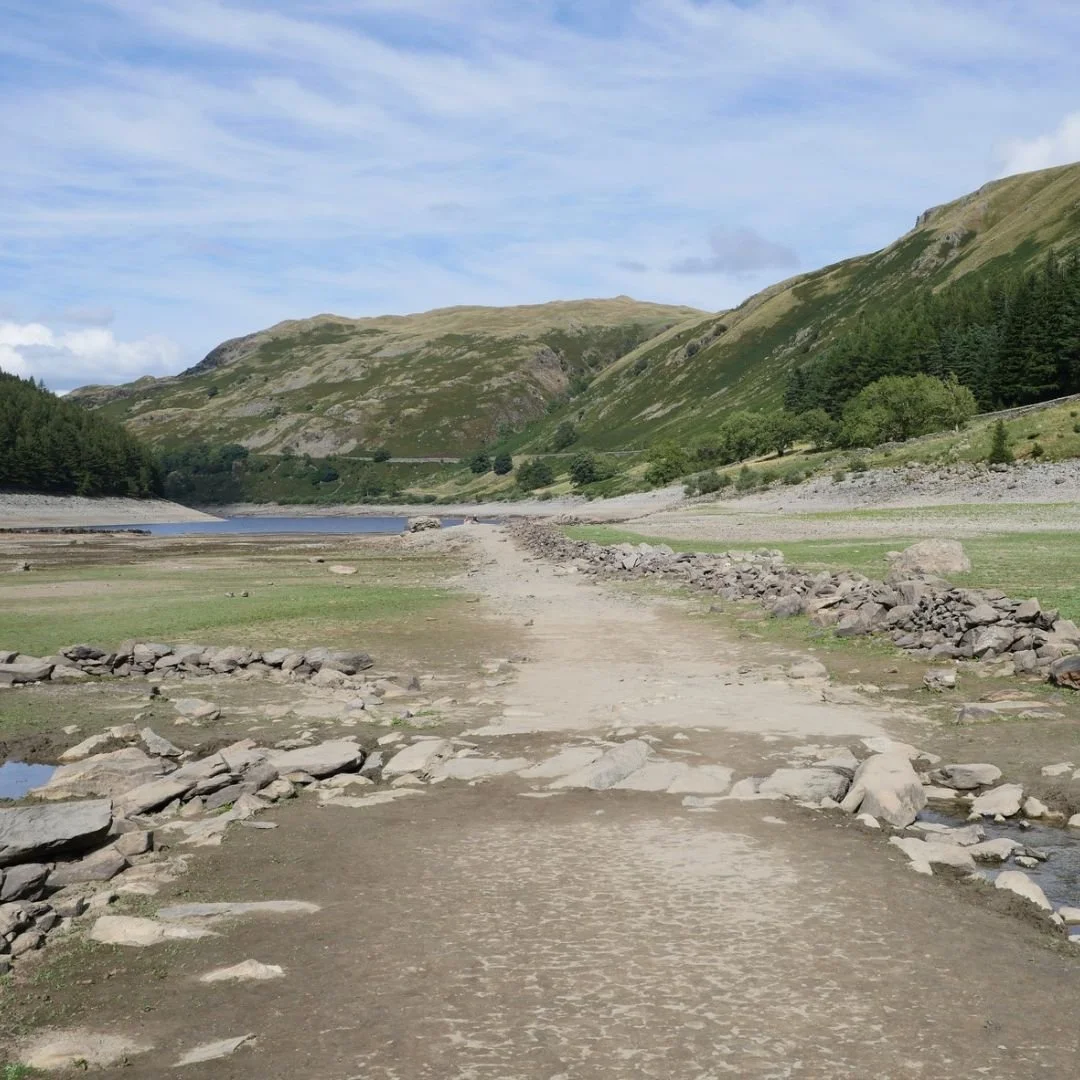Shakespeare's Globe, London: Reconstruction Of The Original Theatre
Shakespeare's Globe is a reconstruction of the original Globe Theatre, an iconic playhouse associated with William Shakespeare.
The original Globe Theatre was built in 1599 in London on the south bank of the River Thames.
It was one of several theater’s in the area known as Bankside, a popular entertainment district in Elizabethan London.
The Globe Theatre was closely associated with Shakespeare, as it was the venue where many of his plays were first performed.
Some of his most famous works, such as "Hamlet," "Othello," "King Lear," and "Macbeth," were likely premiered at the Globe.
The original Globe Theatre burned down in 1613 during a performance of Shakespeare's play "Henry VIII" when a cannon shot used for special effects ignited the thatched roof.
According to one of the few surviving documents of the event, no one was hurt except a man whose burning breeches were put out with a bottle of ale.
The theatre was rebuilt the following year.
However, like all the other theatres in London, the Globe was closed down by the outbreak of the First English Civil War, when the Long Parliament closed all London theatres by an ordinance dated 2 September 1642.
It was demolished in 1644–45 to make room for tenements.
In 1997, a faithful reconstruction of the Globe Theatre opened to the public near its original location on Bankside in London.
This modern Globe Theatre was built based on historical research and has become a popular tourist attraction and a working theatre.
It seeks to recreate the atmosphere of the original Elizabethan playhouse, with open-air performances and a thrust stage that extends into the audience.
The Globe's detailed dimensions are unknown, but its shape and size can be estimated from scholarly inquiry over the last two centuries.
The evidence suggests that it was a three-storey, open-air amphitheatre approximately 100 feet in diameter that could house up to 3,000 spectators.
The Globe is shown as round on Wenceslas Hollar’s sketch of the building, later incorporated into his etched Long View of London from Bankside in 1647.
The Globe continues to host productions of Shakespeare's plays and other classical works, providing a unique experience for audiences who want to enjoy theater in a setting reminiscent of the Bard's time.
Seats are arranged in galleries all around the wide, open stage, so spectators and performers can see each other at all times.
The Globe Theatre is a space where the audience has always been a vital component of the performance.
The theatre is located on Bankside, about 230 metres from the original site - measured from centre to centre.
Listed Georgian townhouses now occupy part of the original site and could not be considered for removal.
Like the original Globe, the modern theatre has a thrust stage that projects into a large circular yard surrounded by three tiers of raked seating.
The only covered parts of the amphitheatre are the stage and the seating areas.
The building itself is constructed entirely of English oak, with mortise and tenon joints and is, in this sense, an "authentic" 16th-century timber-framed building as no structural steel was used.
Plays are staged during the summer, usually between May and the first week of October; in the winter, the theatre is used for educational purposes.
Tours are available all year round.
Some productions are filmed and released to cinemas as Globe on Screen productions (usually in the year following the live production), and on DVD and Blu-ray.
On TripAdvisor, one recent visitor said: “I've been wanting to go to the Globe for ages and it definitely lived up to the hype!
”I purchased a £5 standing ticket to see their production of As You Like It, and my friends (who are not diehard Shakespeare fans like me) sat in the balcony.
”I got to lean on the stage and interact with the cast. If you have the stamina to stand, I HIGHLY recommend it! The production was really well done.
”They did a great job of adding some modern elements (like pop songs) to the production to make the show feel fresh, and it satisfied even my friends who are new to Shakespeare.”
William Shakespeare
William Shakespeare (1564-1616) was an English playwright, poet, and actor, widely regarded as one of the greatest writers in the English language and world literature.
He was born in Stratford-upon-Avon, England, and little is known about his early life.
Shakespeare's works, which include plays, sonnets, and poems, have had a profound and enduring impact on literature and the arts.
Shakespeare's plays are typically categorized into three genres: tragedies, comedies, and histories.
Some of his most famous works include tragedies like "Hamlet," "Othello," "King Lear," and "Macbeth".
Comedies like "A Midsummer Night's Dream," "Twelfth Night," and "Much Ado About Nothing"; and histories like "Henry IV," "Henry V," and "Richard III."
The beauty and richness of Shakespeare's language, his deep understanding of human nature, and the timeless themes explored in his works have made them a staple in literature courses and theatrical performances worldwide.
Despite the passage of centuries, Shakespeare's works continue to be studied, adapted, and performed, reflecting their enduring relevance and universal appeal.
If you enjoyed this blog post, please follow Exploring GB on Facebook for daily travel content and inspiration.
Don’t forget to check out our latest blog posts below!
Thanks for visiting Exploring GB.



























